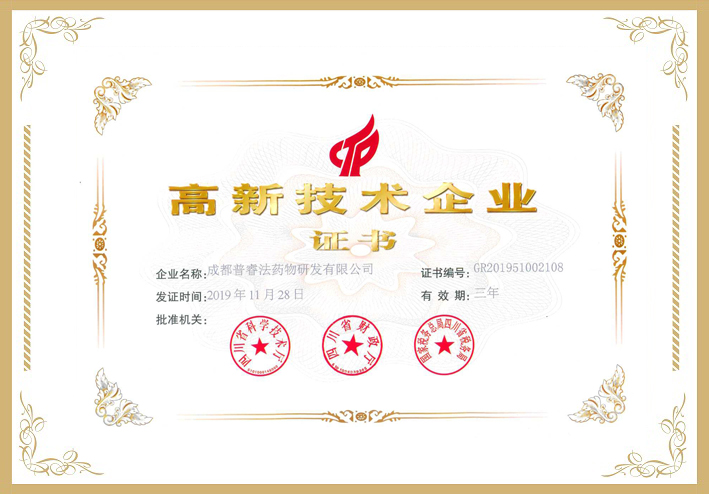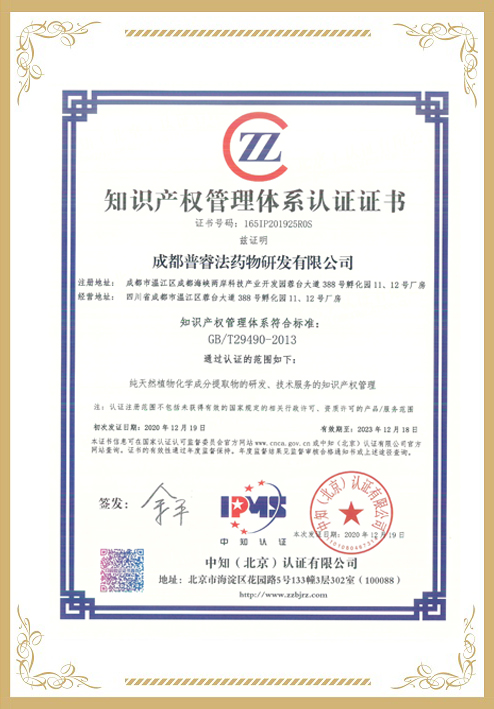Introduction
Nymphaea rubra belongs to the Nymphaea family and is regarded as a vegetable used in traditional medicine to cure several ailments. These species are rich in phenolic acid, flavonoids, and hydrolysable tannin.
Objective
This study aimed to assess the biological activities of Nymphaea rubra flowers (NRF) and leaves (NRL) by identifying and quantifying their polyphenolic compounds using ultra-performance liquid chromatography coupled to quadrupole cyclic ion mobility time-of-flight mass spectrometry (UHPLC-Q-cIM-TOF-MS) and triple quadrupole mass spectrometry (UHPLC-TQ-MS).
Methodology
NRF and NRL powder was extracted with methanol and fractionated using hexane, ethylacetate, and water. Antioxidant and α-glucosidase, and tyrosinase enzyme inhibitory activities were evaluated. The polyphenolic components of NRF and NRL were identified and quantified using UHPLC-Q-cIM-TOF-MS and UHPLC-TQ-MS. The method was validated using linearity, precision, accuracy, limit of detection (LOD), and lower limit of quantification (LLOQ).
Results
Bioactive substances and antioxidants were highest in the ethylacetate fraction of flowers and leaves. Principal component analysis showed how solvent and plant components affect N. rubra's bioactivity and bioactive compound extraction. A total of 67 compounds were identified, and among them 21 significant polyphenols were quantified. Each calibration curve had R2 > 0.998. The LOD and LLOQ varied from 0.007 to 0.09 μg/mL and from 0.01 to 0.1 μg/mL, respectively. NRF contained a significant amount of gallic acid (10.1 mg/g), while NRL contained abundant pentagalloylglucose (2.8 mg/g).
Conclusion
The developed method is simple, rapid, and selective for the identification and quantification of bioactive molecules. These findings provide a scientific basis for N. rubra's well-documented biological effects.























